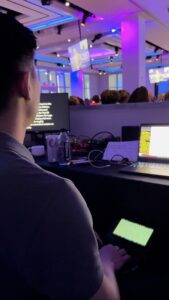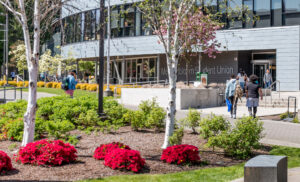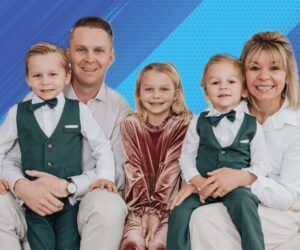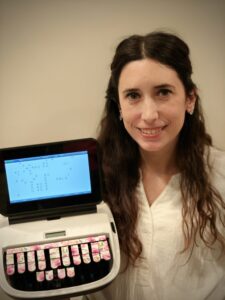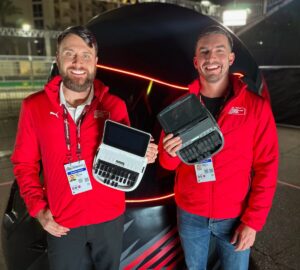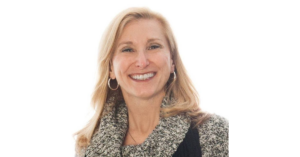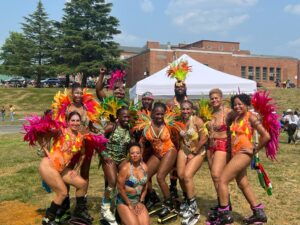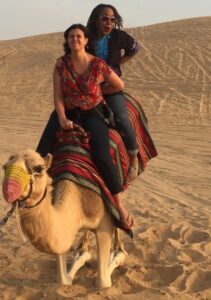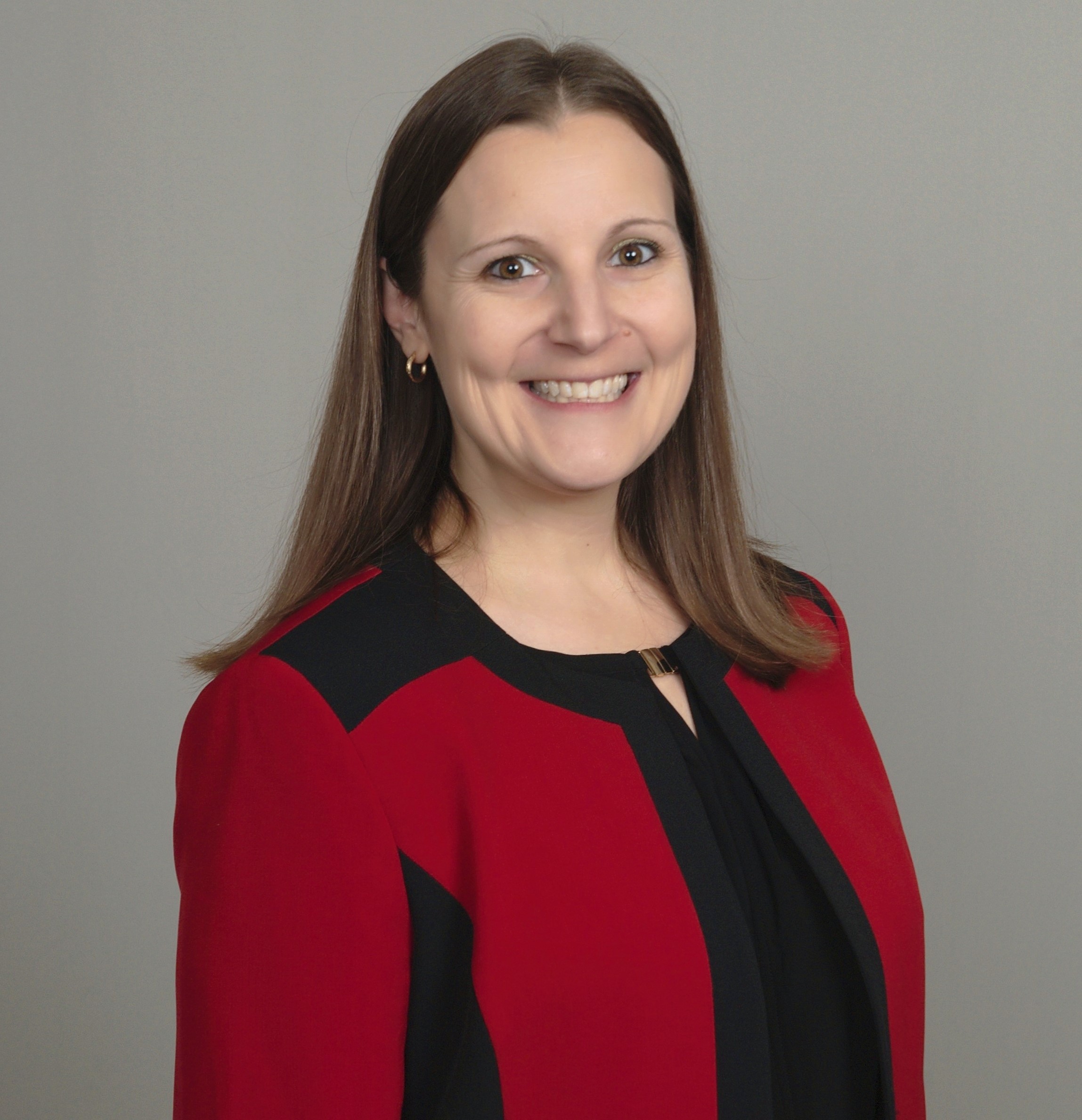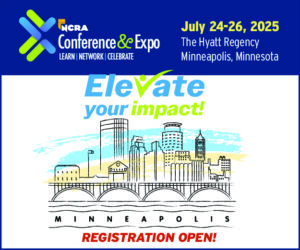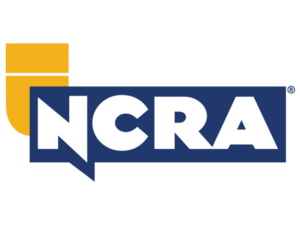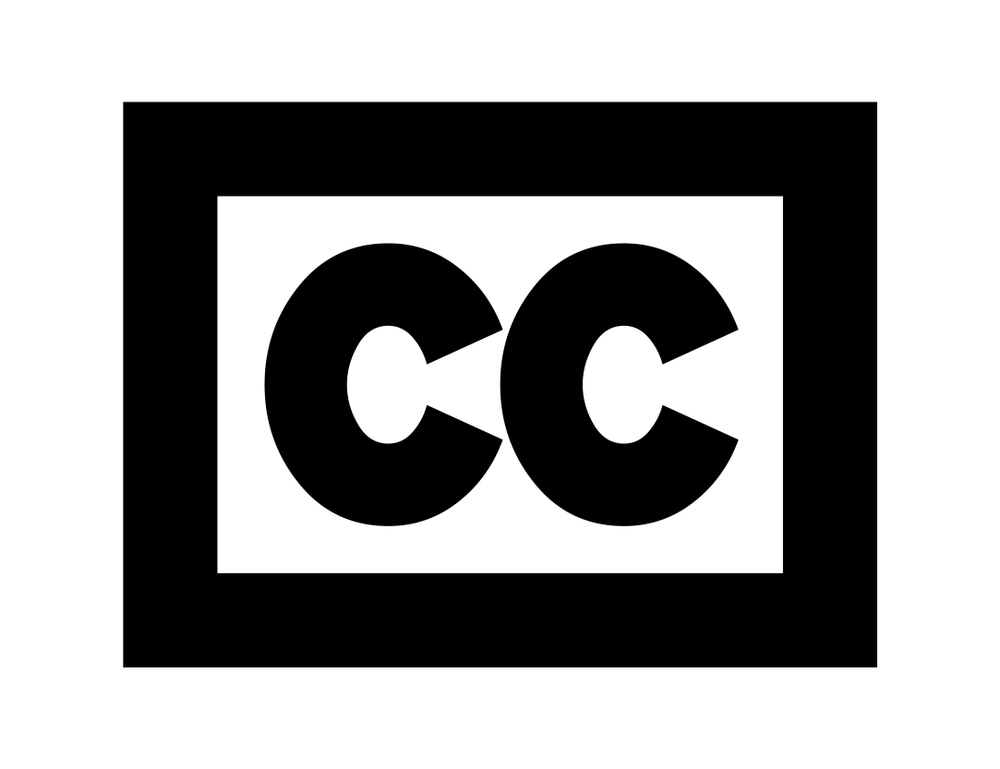
NCRA members Carol Studenmund, FAPR, RDR, CRR, CRC, Portland, Ore.; Karen Yates, FAPR, RPR, CRR, CRC, Minden, Nev.; and Kelly Linkowski, RPR, CRR, CRC, CPE, Rittman, Ohio, presented a session at the NCRA Convention & Expo that highlighted the history of captioning and shared a vision of the future. The JCR Weekly asked the trio to share their thoughts.
JCR | Can you tell us a little about your background and how you are connected to captioning?
Linkowski | We tell people all the time how diverse a career in court reporting can be. It’s my favorite part of being a realtime stenographic reporter. My career has evolved to fit my family’s lifestyle and mine, unlike many professions where you have to fit your life around your career. I loved freelancing and never knowing what the next day may bring when I was in my 20s; I enjoyed the challenges and opportunity to sub in courtroom settings; but my ultimate favorite has been captioning as an independent contractor. When my kids were young, they would tell people I watched television for a living! Little did they know, working my own hours — as weird as they were — helped our family dynamic work in the way my husband and I had envisioned.
Yates | In the mid-1990s, after 25 years in judicial reporting, I was looking for a change, a new challenge. I attended the NCRA Annual Convention & Expo and heard a keynote speech by Henry Kisor, author of the book What’s That Pig Outdoors? He spoke about his experiences as a man who is deaf and the importance of captioning and CART in his life. He urged our members to retrain to become captioners. I took up that challenge and have never looked back. I haven’t done broadcast captioning, but I have worked providing CART captioning in every possible setting, including onsite for individual students in their classes; for large convention and meeting audiences; in my hometown and in many other states; as well as across the globe in other countries. Now I work almost exclusively from my home office providing remote captioning.
Studenmund | I am one of the owners of LNS Captioning in Portland, Ore. We started LNS Captioning in 1993. I first worked as a captioner in 1992. I have served on NCRA committees involving captioning since 1994 and taught workshops about realtime writing and captioning back in the 1990s, and I am still involved in captioner education to this day. I was one of the instructors for the Certified Realtime Captioner (CRC) Workshop held in Denver in August 2019.
JCR | What do you tell captioners who ask you, “What has NCRA done for captioners?”
Studenmund | In 2012, the NCRA Captioning Community of Interest (CoI) took the bull by the horns and developed the Best Practices for Captioning, the effort that led to the Federal Communications Commission establishing – in 2015 – rules for captioning quality. The NCRA Captioning CoI was tired of hearing everyone in the broadcast realm blame any problems with captions on the captioners. We knew our captions went through many hands between our steno machines and computers and the end user’s TV. We started the conversation to identify all of the roles involved in the creation and delivery of live captions.
Linkowski | Certification. Certifications are an immediate letter of reference. They guarantee I have the minimum requirements. You can’t fake it – you are a realtime writer. Sometimes you are writing upwards of 300 wpm, and companies are hiring you to be the accessibility link to their customers. Certifications get you in the door; CEUs and daily developing of your skills and knowledge base will propel you to the top.
Yates | You cannot talk about the history of captioning without acknowledging the central role NCRA has played. As some of our members pioneered the field, NCRA highlighted their outstanding work every step of the way. Through our JCR articles and conference seminars, NCRA educated and trained legions of new captioners. We created certifications that allow our members to demonstrate their mastery of this skill and differentiate themselves from competitors. Our lobbying efforts on Capitol Hill put a spotlight on captioning and gained millions of dollars to enable our schools to train captioners. NCRA’s public relations department helped place articles about captioners in local and national media outlets, especially after national disasters. The Association works with other organizations, particularly those representing people with hearing loss, on all captioning issues. NCRA continues to be the leading champion for captioners, both within our own ranks and to all external audiences.
JCR | What do you see as the future of captioners?
Yates | I see a continuing expansion in the demand for our skill. It won’t be strictly as captioners, but in a more fluid and flexible field of instant, clean, (nearly) verbatim text for every imaginable situation. The word’s out, and the simultaneous display of the written word as the speakers talk is now a service that people just expect to be available. While other technologies might be available at lower cost, a skilled steno captioner will continue to be the standard against which all others measure themselves.
Linkowski | Opportunities are more abundant than ever before. Captioning is no longer for just the deaf and hard of hearing but is a key communication component to universal design.
Studenmund | In the near future, live stenographic captioners will adjust to new competitors in our marketplace. Over time, we will see automated speech recognition improve. Our consumers will continue to make their voices heard about the level of quality they need in live captions. And live captioners will see the marketplace recognize the need for human captioners who are professionals who are accountable to ethics codes and quality of captions.
Look for an article on the history of captioning coming in the November/December issue of the JCR.
